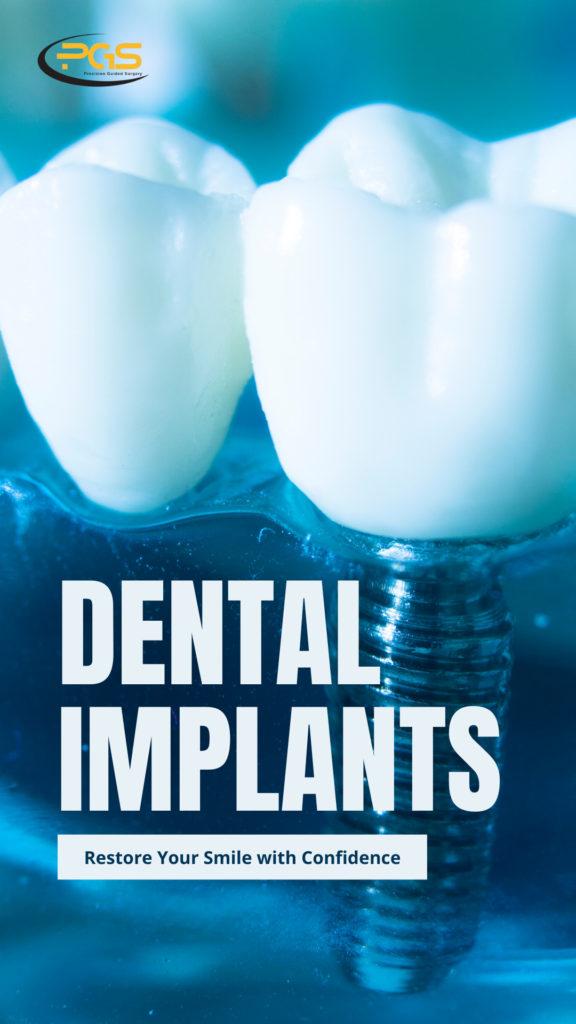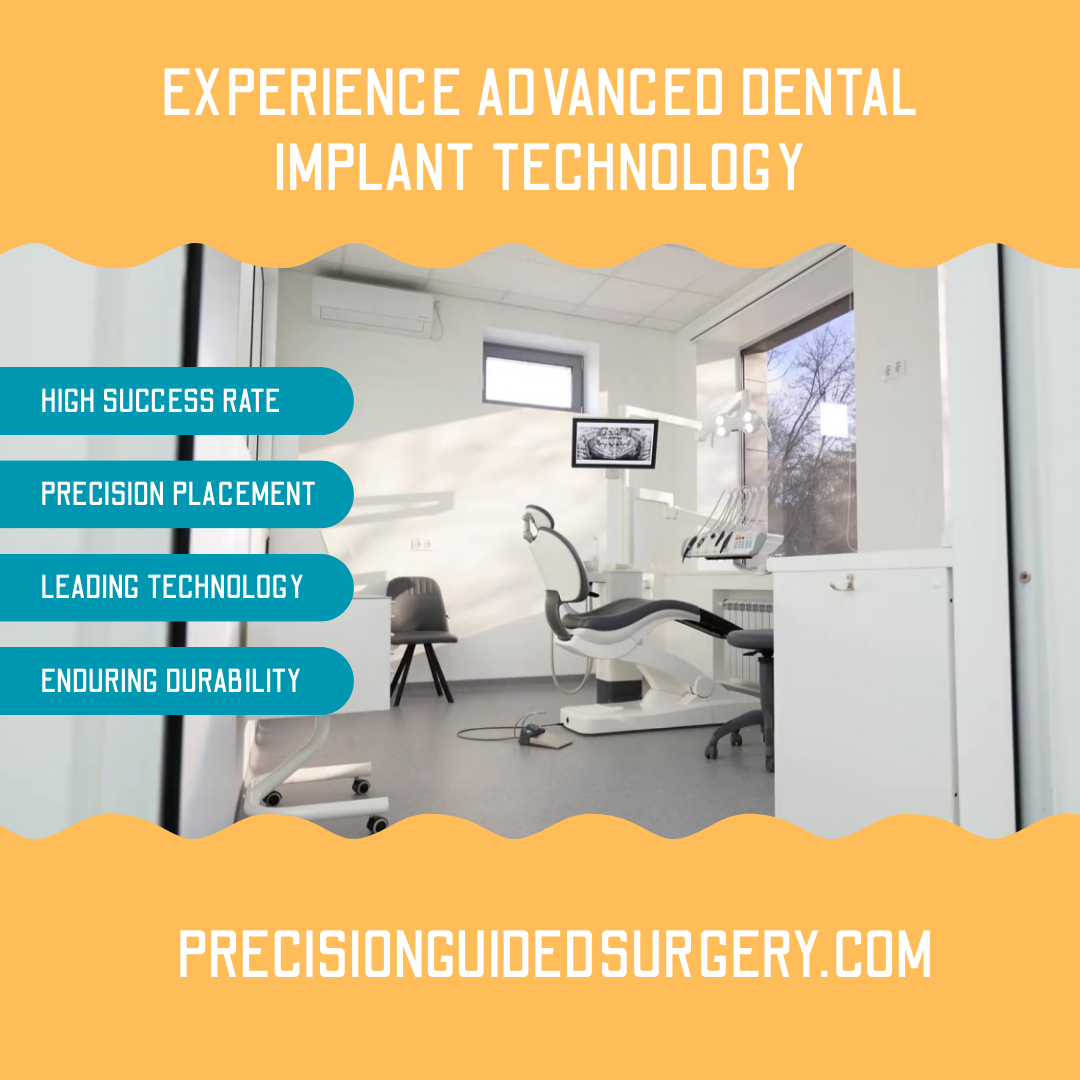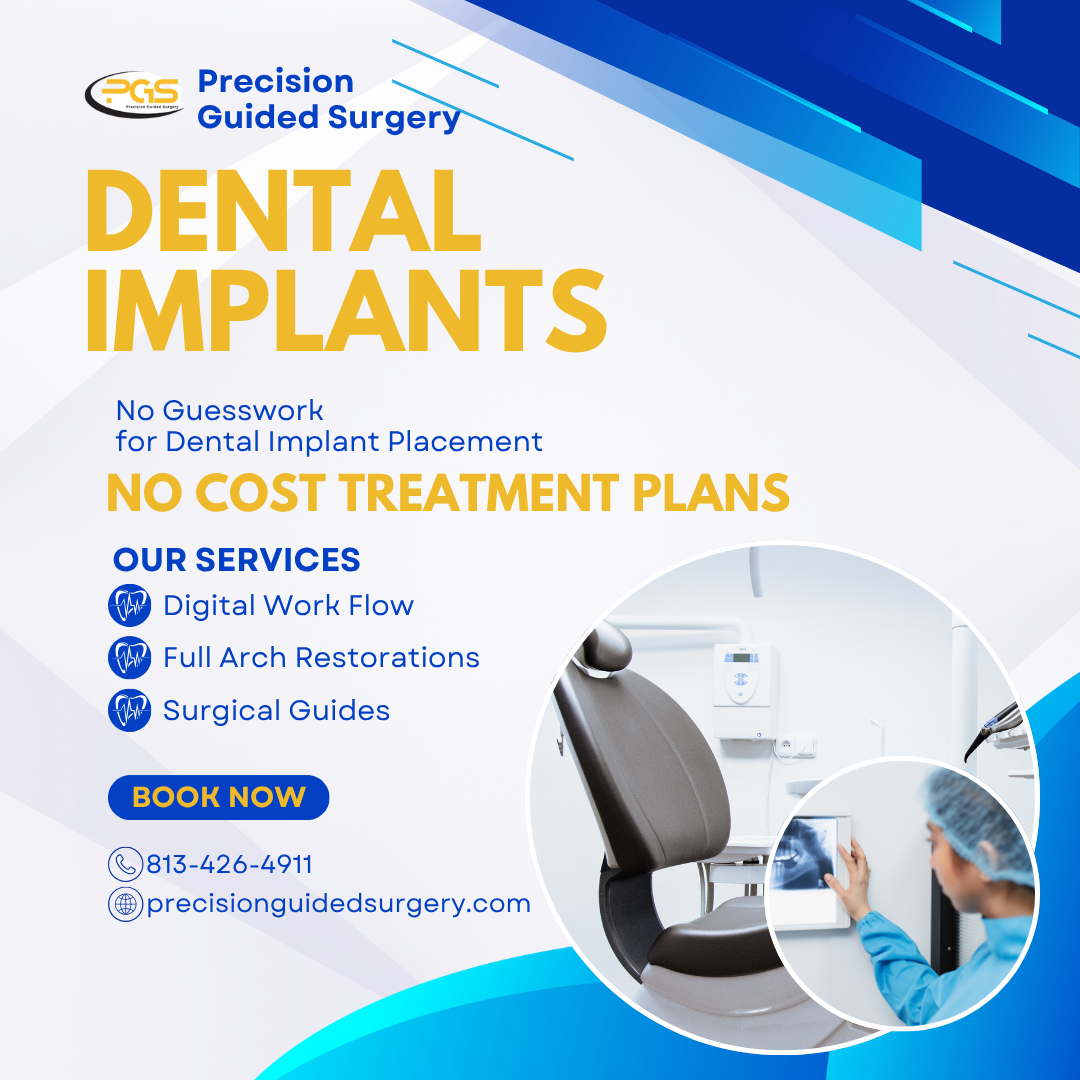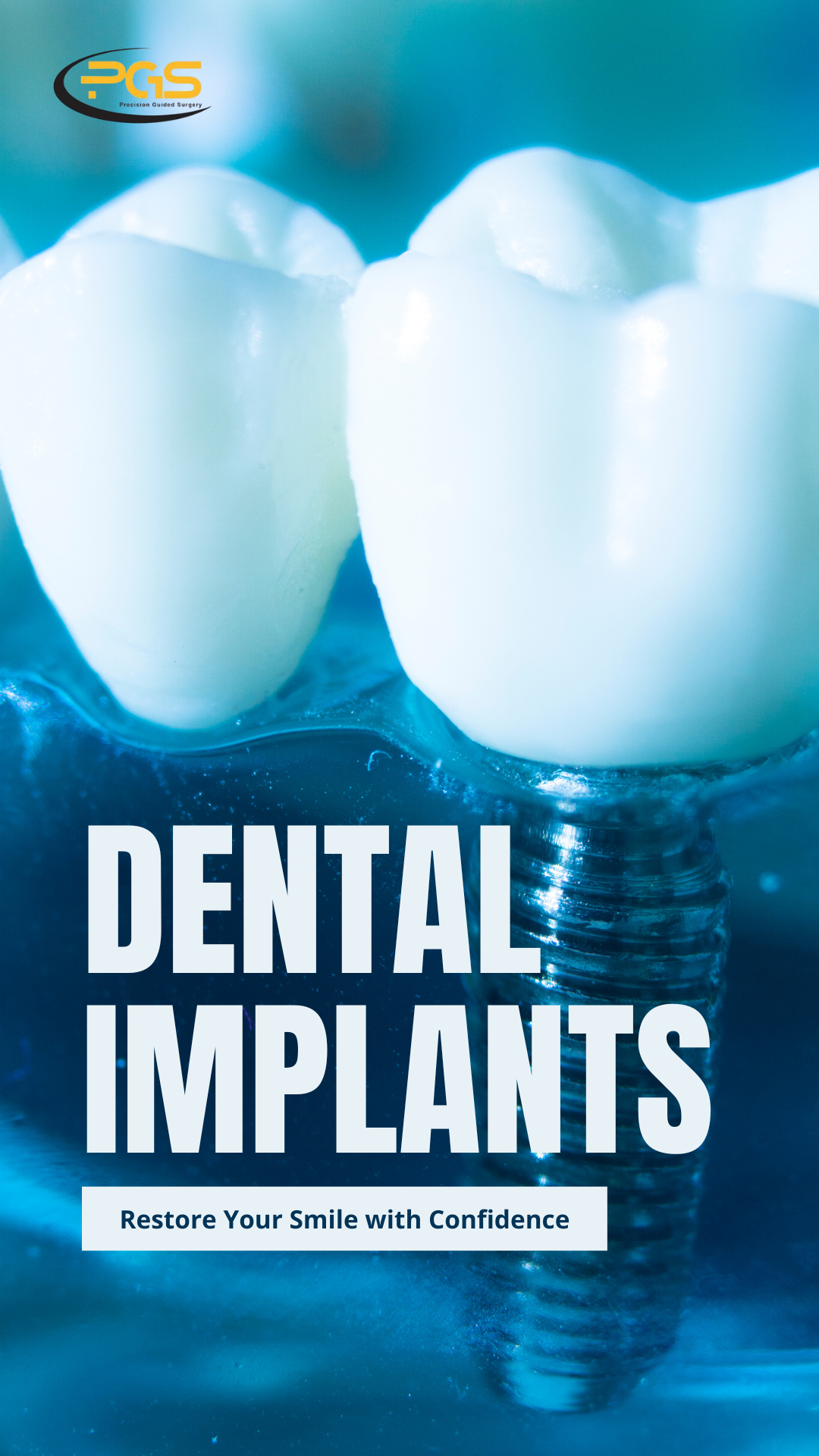Guided Surgery: The New Standard for Implant Placement
Precision in implant placement is fundamental to the success of a full arch restoration. Guided implant surgery leverages digital planning to set new standards for accuracy and predictability.
The process starts with a 3D Cone Beam Computed Tomography (CBCT) scan, which provides a detailed view of the patient’s bone structure. Using specialized planning software, clinicians can map out the ideal position, depth, and angulation for each implant. This plan is then used to fabricate a custom surgical guide. Workflows like those enabled by Precision Guided Surgery (PGS) are instrumental in this process, translating the digital plan into a physical guide that ensures the surgical procedure adheres to the plan with micron-level accuracy. This methodology reduces the risk of surgical errors, avoids critical anatomical structures, and improves the overall success rate of implant integration.
Accelerating Treatment: The Rise of Immediate Loading
Patient demand for shorter treatment times has driven advancements in immediate loading protocols. This approach allows for the placement of a provisional or, in some cases, final prosthesis on the same day as implant surgery. By reducing the overall healing time and number of appointments, immediate loading offers significant patient benefits.
Success with this protocol depends on careful patient selection and adherence to strict clinical criteria. Key factors include achieving high primary implant stability, sufficient bone quality and quantity, and managing occlusal forces during the healing period. When executed properly, immediate loading provides an expedited path to full function without compromising the long-term success of the implants.
Insights from Clinical Application
Real-world case studies demonstrate the tangible benefits of integrating these modern trends. Observing these applications reveals several key takeaways for clinicians:
- Digital planning reduces surprises. A fully digital workflow, from scanning to guided surgery, allows clinicians to anticipate challenges and develop solutions before the patient is in the chair, leading to smoother, more predictable procedures.
- Material choice must be patient-centric. The ideal material is not universal. The decision should be based on a combination of factors, including the patient’s biting forces, aesthetic demands, and financial considerations.
- Collaboration is key. Successful full arch cases often involve close collaboration between the surgeon, the restorative dentist, and the dental laboratory. A shared digital language facilitates clear communication and ensures all team members are aligned.
Conclusion: A More Precise Future for Implant Dentistry
The emerging trends in full arch restorations are steering implant dentistry toward a future defined by precision, efficiency, and superior patient outcomes. By embracing advanced materials, digital CAD/CAM workflows, and precision-guided surgery techniques, dental professionals can deliver truly transformative results. Staying informed and incorporating these advancements is no longer just an option but a necessity for any practice committed to excellence in implant dentistry.
Ready to integrate these cutting-edge practices into your workflow? Call Precision Guided Surgery (PGS) today to learn how our digital and guided surgery solutions can help you provide better care, improved aesthetics, and greater comfort to your patients. The future of full arch restorations is brighter—and more precise—than ever.
Contact Precision Guided Surgery (PGS) at (813) 426-4911.




